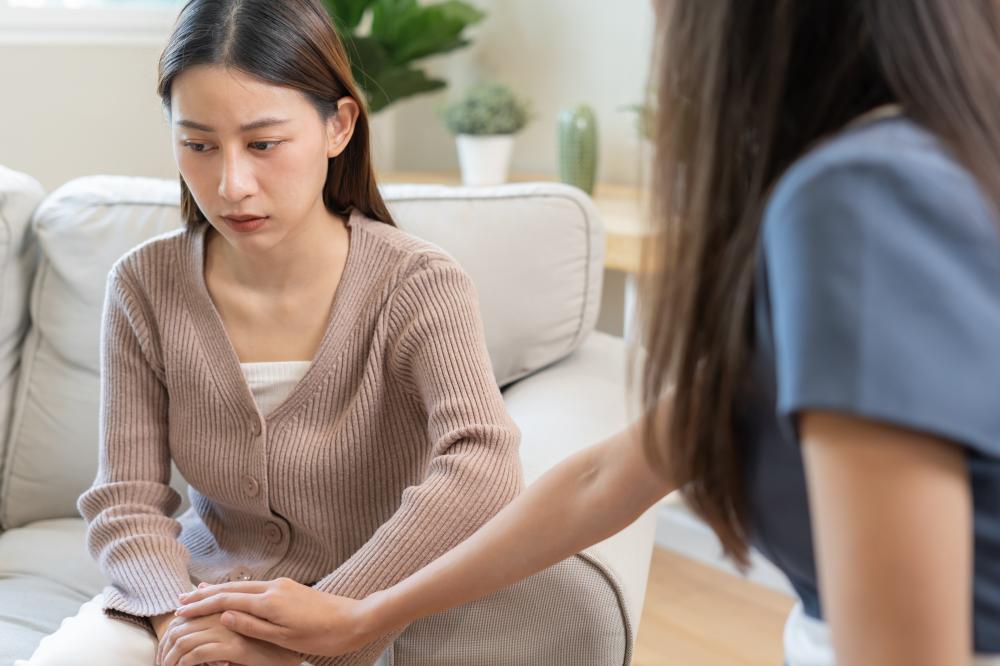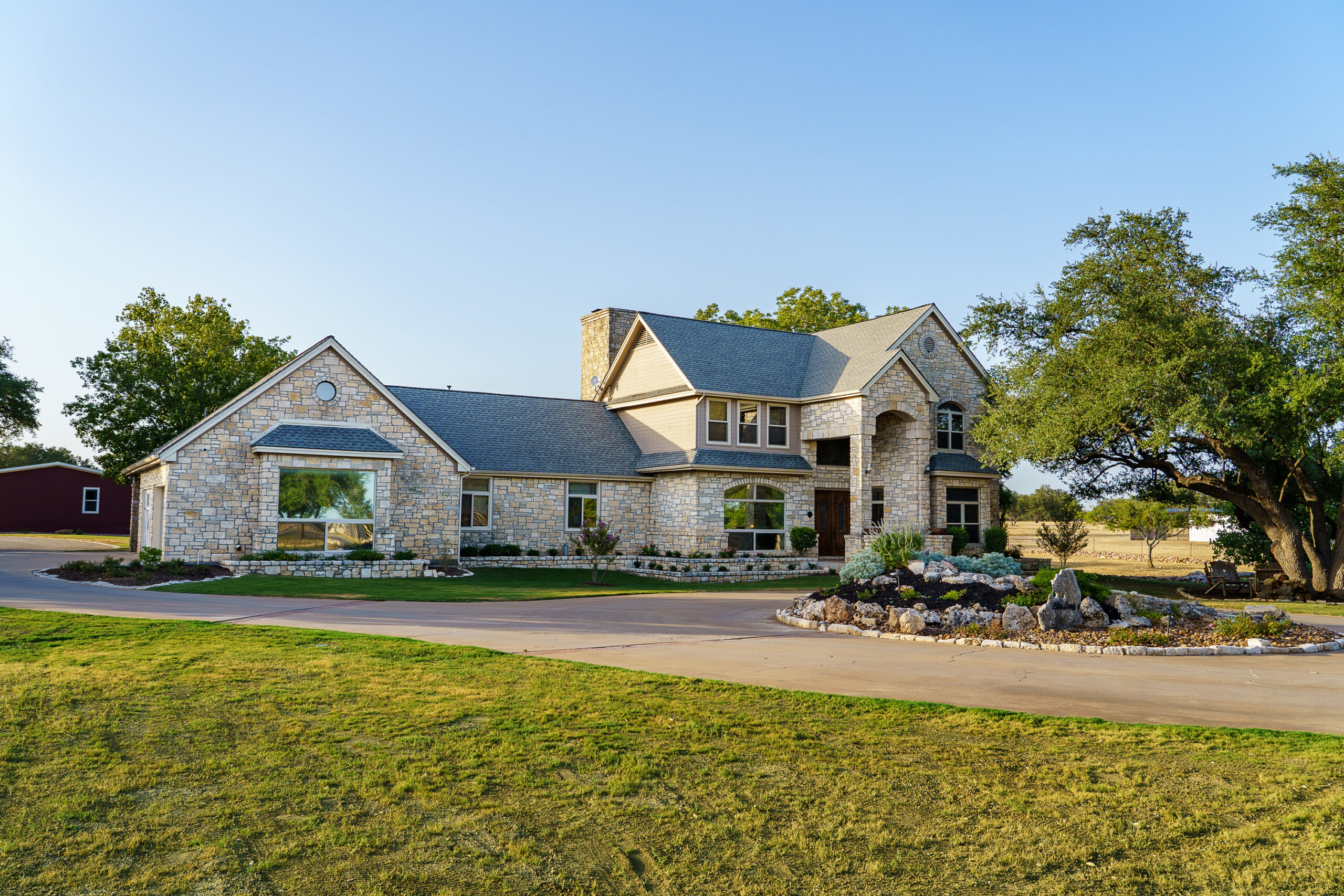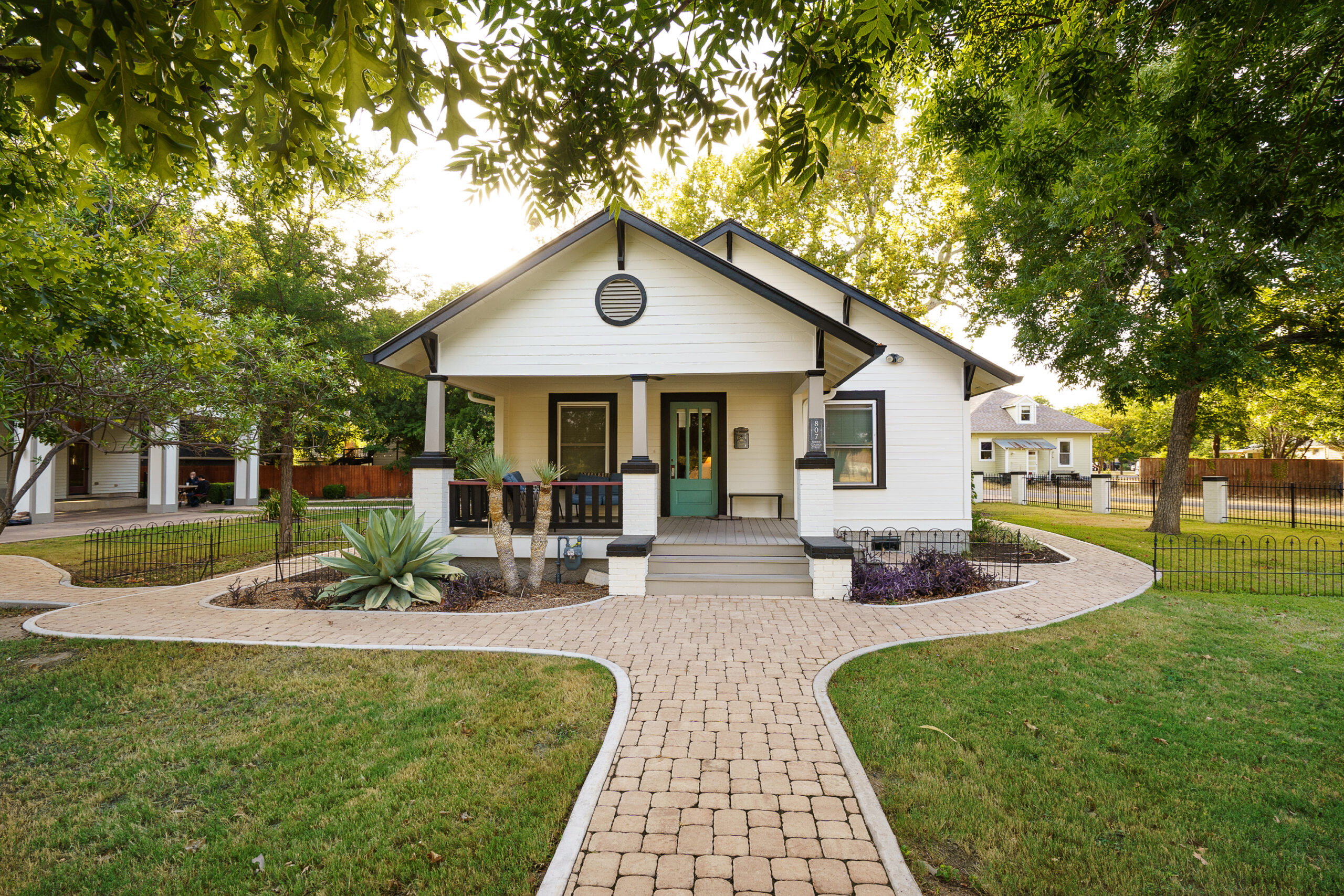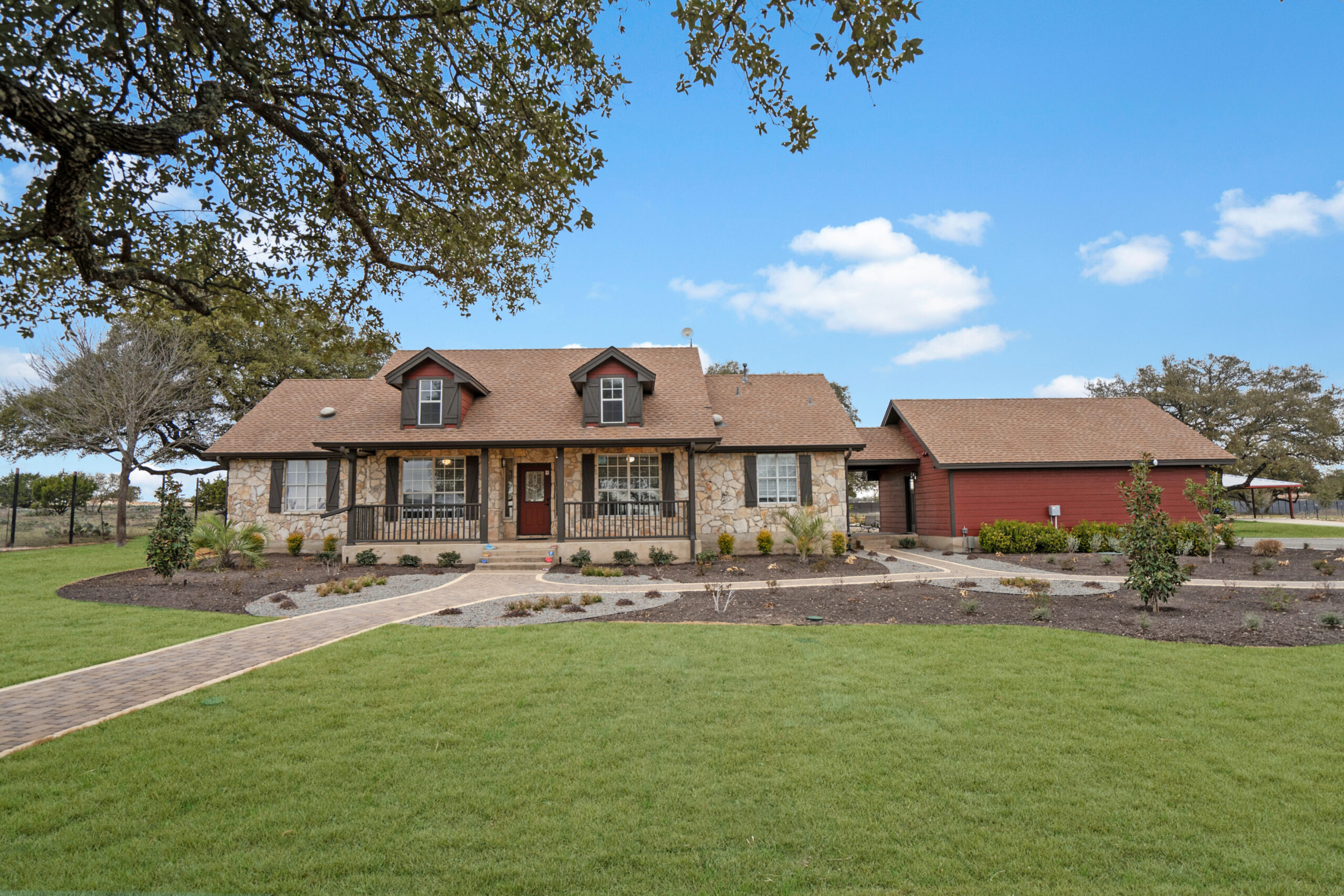
Understanding Borderline Personality Disorder (BPD) in Women
Borderline Personality Disorder (BPD) presents a complex tapestry of emotional instability, turbulent relationships, and self-image issues. Women with BPD often experience intense episodes of anger, depression, and anxiety that may last from a few hours to days. These emotional whirlwinds can lead to impulsive actions and challenging interpersonal relationships, profoundly impacting their lives.
Treatment Options for BPD in Women
The path to healing and management for women with BPD involves a holistic approach, tailored to address the multifaceted aspects of the disorder. Here, we explore various treatments that stand out in the journey towards stability and improved quality of life.
Therapy
Talk therapy remains the cornerstone of treatment for BPD women, offering a platform for them to explore their thoughts, feelings, and behaviors in a safe environment. It aims to provide skills to manage symptoms and improve daily functioning.
Dialectical Behavior Therapy (DBT)
DBT is hailed for its effectiveness in treating BPD. It teaches mindfulness, emotion regulation, distress tolerance, and interpersonal effectiveness, helping individuals navigate through intense emotions and enhancing relationships.
Medication
While no medication directly treats BPD, several can manage co-occurring symptoms such as anxiety and depression, offering a semblance of relief.
Alternative Treatments
Exploring treatments beyond conventional methods can sometimes provide additional support. Techniques such as mindfulness-based stress reduction and yoga have shown promise in managing BPD symptoms by promoting relaxation and mental clarity.
Self-Care Strategies
Self-care plays a pivotal role in the treatment of bpd women, emphasizing the importance of a balanced lifestyle to support emotional and psychological well-being.
- Regular Physical Activity: Engaging in exercise can help reduce stress, improve mood, and enhance overall physical health.
- Sufficient Sleep: Quality sleep is crucial in managing mood swings and maintaining emotional balance.
- Nutrition: A nutritious diet can impact one’s mood and energy levels, forming an essential part of BPD management.
The Alta Loma Approach to Treating BPD in Women
At Alta Loma, we understand the unique challenges faced by women with BPD. Our tailored approach incorporates a blend of proven therapies, alternative treatments, and robust support systems to foster healing and empowerment.
Personalized Care and Treatment
Recognizing the individuality of each woman, we offer personalized care plans that address the specific needs and goals of our residents, facilitating a journey towards long-term wellness.
A Holistic Focus
By focusing on the whole person, Alta Loma aims to treat not just the symptoms of BPD but also the underlying issues, facilitating a comprehensive healing process encompassing physical, emotional, and social aspects.
Building a Supportive Community
Alta Loma believes in the power of community to foster healing. Our supportive living environment encourages residents to form meaningful connections, offering a sense of belonging and a network of support.
Integrating Therapy and Self-Care
Treatment of bpd women at Alta Loma is a harmonious blend of therapy and self-care, designed to empower women to take control of their mental health. Through individualized therapy sessions, group discussions, and self-care practices, we support women in building the skills needed for a balanced and fulfilling life.
Empowering Women for Lasting Change
The journey with BPD is deeply personal and often challenging, but at Alta Loma, we are committed to providing the treatment of bpd women with compassion, respect, and excellence. Our comprehensive approach aims not only to manage symptoms but to empower women to lead healthy, autonomous lives.
By harnessing the strengths of each individual and fostering an environment of growth and healing, Alta Loma transforms the treatment of bpd women into a journey of self-discovery and lasting change.
Start the Journey Toward Healing
If you or a loved one is struggling with BPD, reach out to Alta Loma today. Our team is ready to guide you through the complexities of the disorder and support you in taking the first steps towards a brighter, more stable future.

How do you treat a woman with BPD?
Treating a woman with Borderline Personality Disorder (BPD) involves a comprehensive approach that encompasses both therapy and self-care strategies. At the core of this approach is talk therapy, specifically Dialectical Behavior Therapy (DBT), which has been shown to be especially successful in treating BPD. This type of therapy focuses on teaching skills to manage emotions, reduce self-destructive behaviors, and improve relationships. In addition to therapy, medication may be used to manage co-occurring symptoms such as anxiety and depression, although it’s not a direct treatment for BPD. Incorporating self-care practices like regular physical activity, sufficient sleep, and balanced nutrition also plays a crucial role in managing BPD. Each treatment plan is highly personalized, recognizing the unique needs and experiences of each woman.
What is the most successful treatment for BPD?
The most successful treatment for BPD has been identified as Dialectical Behavior Therapy (DBT). DBT is a form of cognitive-behavioral therapy that specifically addresses the needs of individuals with BPD. It focuses on four key areas: mindfulness, emotion regulation, distress tolerance, and interpersonal effectiveness. This form of therapy helps individuals develop skills to manage intense emotions, reduce self-harm behaviors, and improve relationships. The success of DBT lies in its comprehensive approach and its ability to be tailored to the individual’s specific needs.
How do I manage my borderline personality disorder?
Managing Borderline Personality Disorder (BPD) requires a multi-faceted approach. Firstly, engaging in specialized therapy such as Dialectical Behavior Therapy (DBT) can provide you with the skills needed to manage emotions and behaviors effectively. Beyond therapy, developing a strong self-care routine is essential. This includes regular exercise, which can help reduce stress and improve mood; prioritizing sleep to maintain emotional balance; and eating a nutritious diet to stabilize energy levels. It’s also beneficial to foster a supportive community, whether through therapy groups, friends, or family members who understand your journey. Finally, medication may be prescribed to manage co-occurring symptoms like depression or anxiety. Remember, managing BPD is an ongoing process that involves patience, resilience, and self-compassion.
What is the best job for someone with borderline personality disorder?
For someone with Borderline Personality Disorder, the best job is one that offers a stable and structured environment, while also providing a sense of purpose and accomplishment. It’s important to consider the individual’s interests and strengths when choosing a career path. Jobs that allow for clear communication and offer support from colleagues and supervisors can be particularly beneficial. Some individuals might thrive in creative roles that allow for expression and flexibility, while others may prefer roles with more predictable, routine tasks. It’s also helpful to seek employment in organizations that prioritize mental health and offer accommodations or support as needed. Ultimately, the right job is one that aligns with the individual’s skills, interests, and the unique challenges they may face with BPD.
What alternative treatments are available for BPD?
Aside from traditional therapy and medication, there are several alternative treatments that can support individuals with BPD. Mindfulness-based stress reduction (MBSR) is one approach that can help individuals become more aware of their thoughts and emotions and manage them more effectively. Practices such as yoga and meditation also promote relaxation and mental clarity, which can be beneficial in managing BPD symptoms. Additionally, certain lifestyle changes, including regular physical activity, a nutritious diet, and adequate sleep, can significantly impact one’s mood and emotional balance. While these alternative treatments can be supportive, they should complement, rather than replace, standard therapies like DBT.
How can integrating therapy and self-care enhance treatment for BPD?
Integrating therapy and self-care creates a holistic treatment approach for BPD that addresses both the psychological and physical aspects of the disorder. Therapy, particularly DBT, provides the skills and strategies needed to manage emotions, behaviors, and relationships more effectively. On the other hand, self-care practices like exercise, good nutrition, and sufficient sleep directly impact physical health, which in turn, affects emotional stability and mental clarity. When these elements are combined, it allows for a comprehensive approach to managing BPD, ensuring that individuals are supported in all areas of their lives. This integration fosters a sense of empowerment and autonomy, encouraging individuals to take an active role in their treatment and recovery.
What makes the Alta Loma approach to treating BPD in women unique?
The Alta Loma approach to treating BPD in women is unique due to its comprehensive and personalized treatment plans that address the individual needs and challenges of each resident. Our focus on not just the symptoms of BPD but also the underlying issues allows for a deeper healing process. By incorporating a blend of proven therapies, alternative treatments, and robust support systems, we create an environment that promotes healing and empowerment. Our holistic focus on treating the whole person–physically, emotionally, and socially–facilitates a comprehensive healing process. Additionally, the supportive community and emphasis on integrating therapy with self-care practices empower women to take control of their mental health and journey toward long-term wellness.






